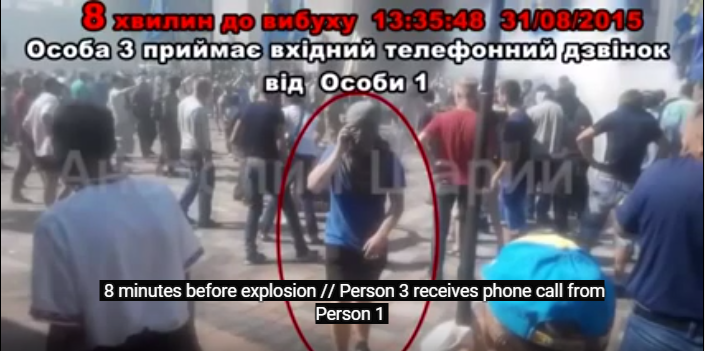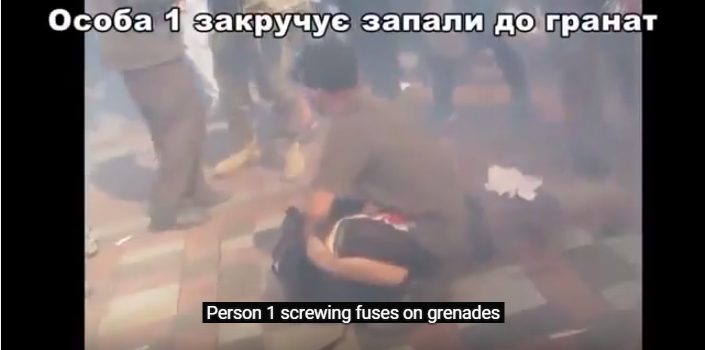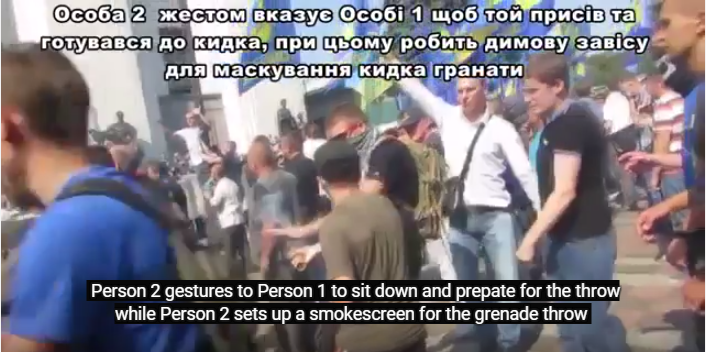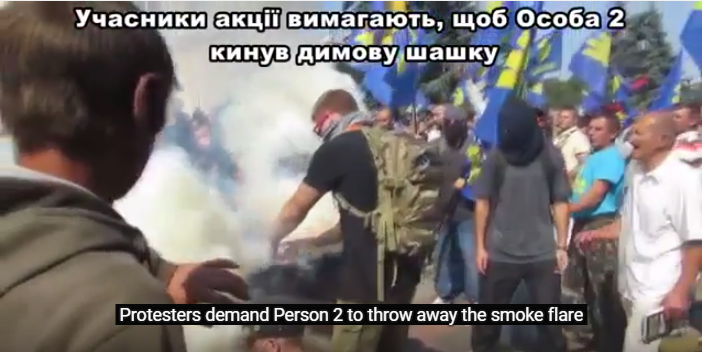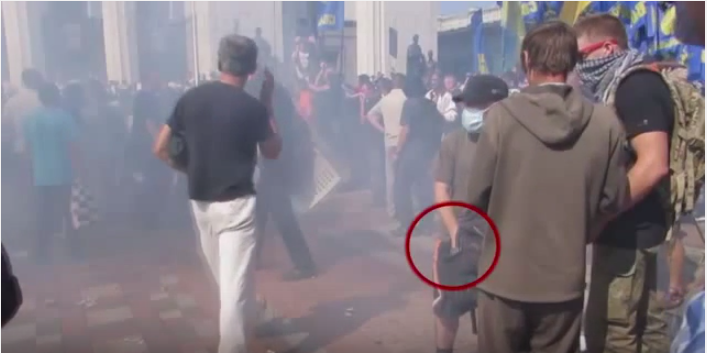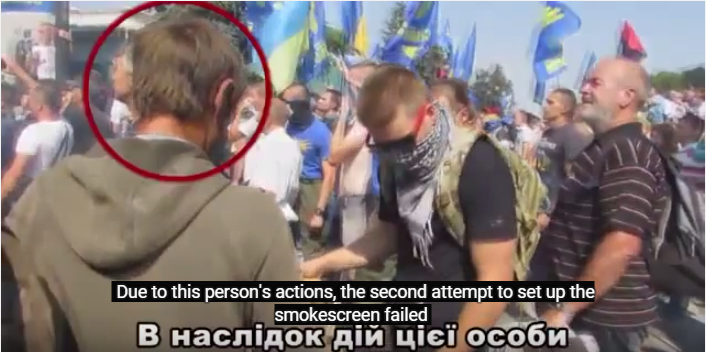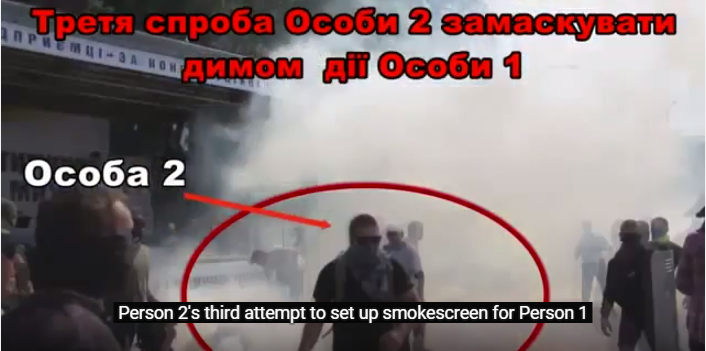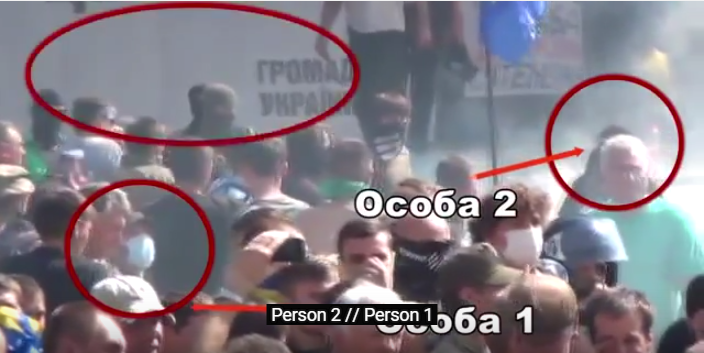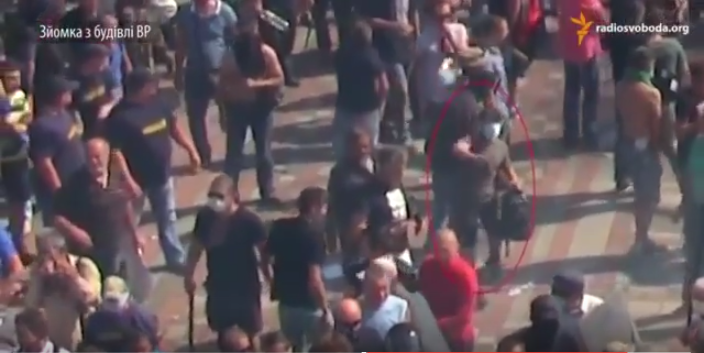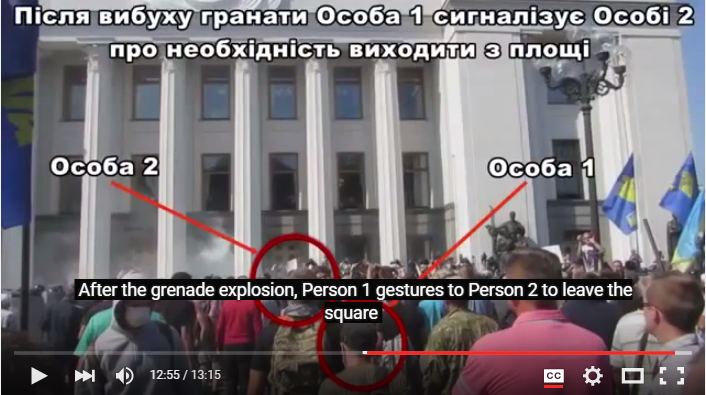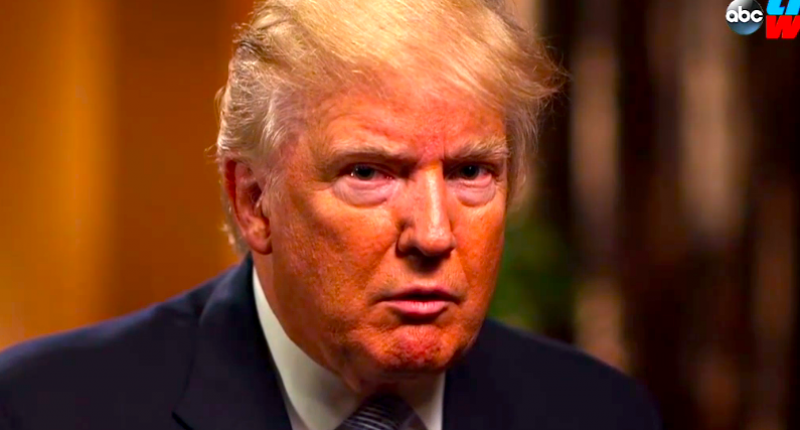On August 31, clashes in front of the Ukrainian parliament due to the controversial constitutional amendments turned deadly when a grenade throw
wounded 117 people, 110 of them law enforcement officials; later, 3 of the latter died. On September 17, Ukraine's Minister of Internal Arsen Avakov presented to the parliament a remarkably detailed investigation of what he called an act of terror.
The investigation is remarkable in that it uses a wide variety of open source data, including multiple YouTube videos and images from social networks, to piece together the narrative proving the tragedy to be a premediated act of violence committed by a group of right-wing radicals, apparently all veterans of the ongoing Russia-Ukraine war. This is a first example of Ukrainian law enforcement using open source data on such a massive scale (previously mostly employed by amateur Internet sleuths).
One of the videos shown in the parliament was used to show examples of radical right-wing protesters using force against the police and pepper spraying the officers. According to Avakov, no injuries from protesters themselves were reported while 40 policemen received injuries unrelated to the grenade attack. Avakov said several of the perpetrators already faced charges and were mostly in jail.

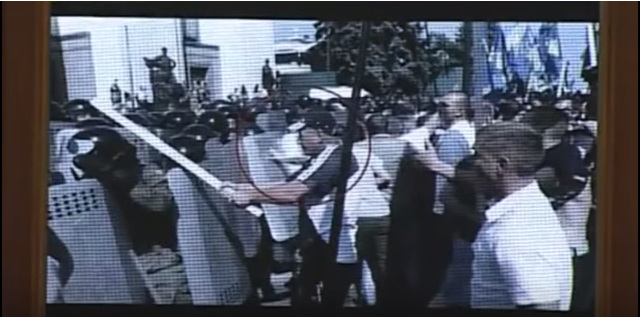
Avakov claimed several leaders of the far-right Svoboda party visited frontline towns in the Donbas where they met in person with their party members fighting there, including one of the suspects in the grenade attack.

After the meeting, according to Avakov, the suspects arrived to Kyiv where one of them resigned from his unit due to "low payment".

Avakov stated the suspects formed a group to commit an act of terror which would induce civil conflict but the restraint of National guardsmen which did not open fire on the protesters foiled their plans.
CCTV footage, presented by Avakov, showed the suspect approach the parliament building with a backpack allegedly containing grenades, one of which he later threw during the clashes.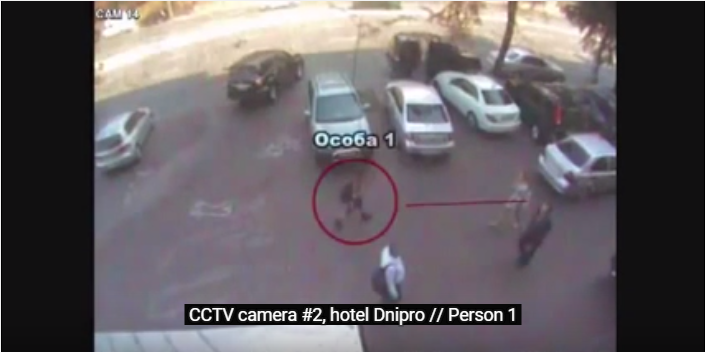
Videos taken from Youtube, shot in front of the Rada, were used to present the events leading up and immediately following the explosion.
According to Avakov, the suspects then left the crime scene, parted ways and were subsequently arrested.
Photos from social networks showed the suspects posing with a flag of Sokil ("Falcon"), the right-wing Svoboda's youth movement, as well as on Svoboda election posters.

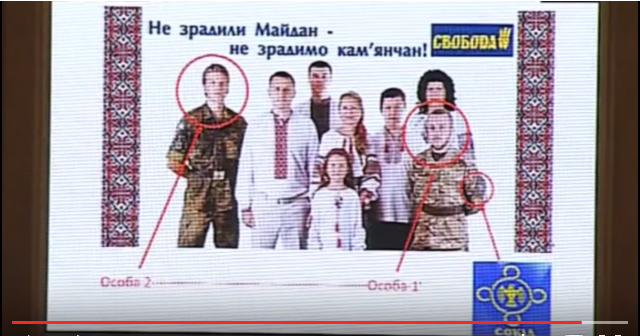
The grenade throw, according to Avakov, was meant to be a first stage of a chain of acts of terror, the organizers and instigators yet to be found. The leading suspect denied throwing the grenade, while Svoboda leadership accused the government of a false-flag operation to discredit "patriotic movements" in Ukraine.


